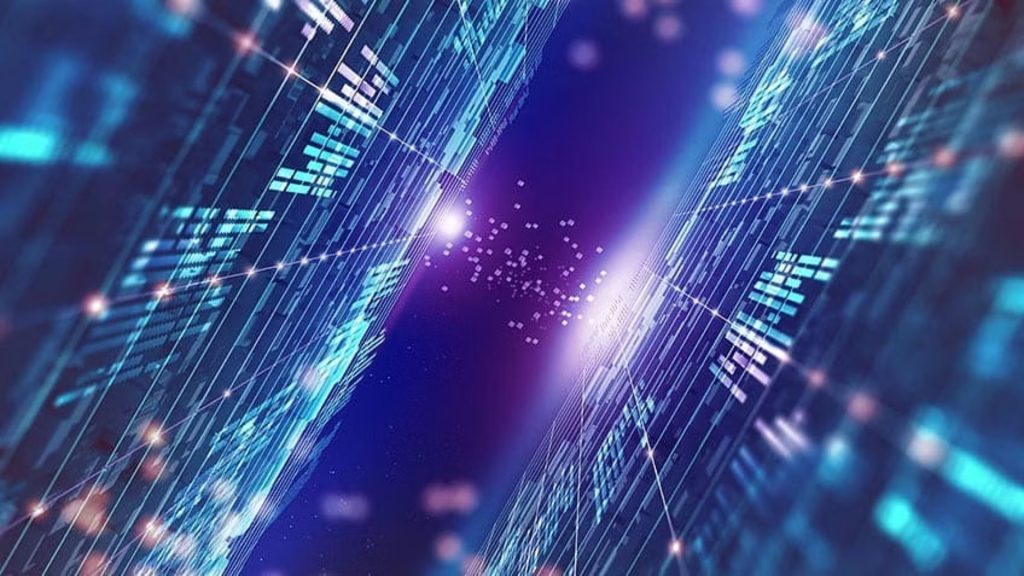What is data and information? The terms data and information are used interchangeably, but they are not the same terms. There are differences between these, and their purpose also differs. Data is a raw form of information without proper meaning or usefulness unless it is processed and transformed into meaningful forms. On the other hand, information is a processed form of data developed or formed to arrive at a particular decision or to use in making some decisions.

What is Data and Information?
Data is defined as individual facts, while information is the organization and interpretation of those facts.
Organizations have lots of data, which is captured from different sources, and channels. The data needs to be analyzed and understood to convert it into meaningful form. For example, data might be the number of customers who opened their accounts with a financial institution. This data is only meaningful if it is analyzed and divided into smaller pieces to make it more meaningful. The divided form of data may be called information.
For example, suppose the customer data is broken down into different types of customers or segments of customers. In that case, the data becomes information for the organization to make appropriate decisions. If you have something like that on your mind, you are close to the actual explanation of data and information.
The term data is not useful unless transformed into information. Data must be captured from reliable and legitimate sources to ensure that the information generated from the data is useful for the organization. If the data is not captured from e reliable source or the data in itself is not correct or complete, then the information shall also be incomplete or meaningless, which may lead to wrong decisions. The precise need for data varies from organization to organization. The data useful for a financial institution may be useless for the manufacturing company.
Information for a financial institution may include:
- Cars purchased on different dates and their specific purchase values
- Origin of funds or source of income of the customers identified and verified
- Number and value of financial frauds occurred in the company
- Revenue generated by the company from the sale of a product during the year
- Detail of the contracts entered into with the supplier or vendor to understand the legal obligations
- If one conducts such a predicate offense, makes money from it and tries to hide the illegal origin of the funds, this makes for money laundering, etc.

Final Thoughts
Why is the distinction between data and information important in business? Organizations that prioritize data collection, interpretation, and application can reap significant benefits. When used correctly, data and the information derived from it can help businesses make better, faster decisions.
For example, a company may collect information about the effectiveness of its advertisements or content. They could organize and interpret that data to gain valuable insights, such as which graphics, phrases, and even products are most appealing to their customer base. They may also be able to gain a more comprehensive understanding of their target audience, which will allow them to make more informed decisions about future offerings, branding, and communication preferences. The right data can lead to nearly infinite amounts of information and insights, all of which are invaluable for decision-making.








